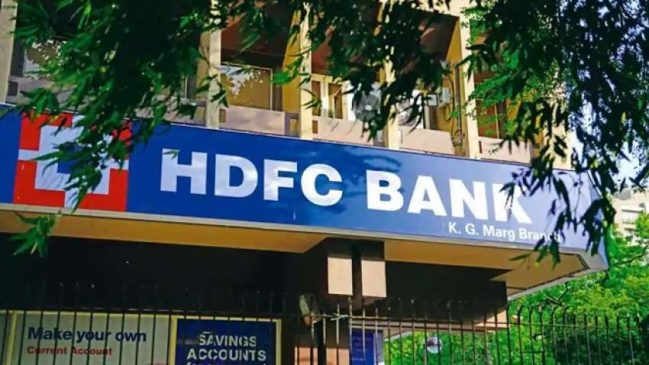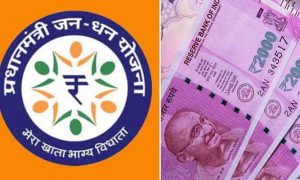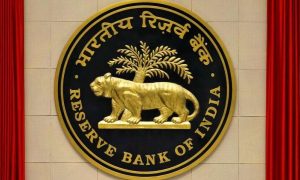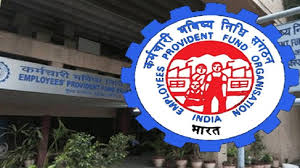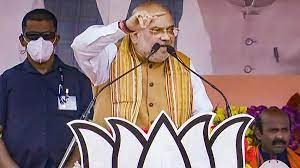In a mega merger, HDFC Limited will be amalgamated with HDFC Bank. As part of the merger between HDFC Ltd. and HDFC Bank, as many as 42 shares of HDFC Bank would be given for every 25 shares of HDFC Ltd.
Post-merger, HDFC Bank will be 100% owned by public shareholders and existing shareholders of HDFC Ltd. will own 41% stake in the bank. Since the shareholding of HDFC Limited is regarded as an FII investment, the extinguishing would lead to opening up of ~7-8% headroom for FII investors into HDFC Bank.
The merger is subject to regulatory and other approvals and could take 12-18 months to complete, it said
Read More:-World Bank Report: Impacts of the War in Ukraine Will Slow Economies in Asia | Key Takeaways
As HDFC Twins are all set to be merged into a single entity, Shivaji Thapliyal, Lead Analyst – Institutional Equities, YES SECURITIES, explains the rationale behind the deal and banking perspective of the merger.
1 Regulatory change for NBFCs
As per Shivaji Thapliyal, regulatory changes for NBFCs were one of the important reasons behind this deal. In 2020, the RBI introduced regulations pertaining to the conversion of large NBFCs with asset size greater than Rs 500bn to banks.
“Regulations pertaining to semi-urban and rural branches have addressed bottlenecks in this regard. Scale-based regulations for NBFCs could further harmonise rules for NBFCs with those for banks. Other incremental aspects pertaining to regulation also imply the deal makes more sense now,” he says.
2. Cross-sell opportunities and other synergies
-About 70% of HDFC Limited customers do not bank with HDFC Bank, indicating significant opportunity.
-About 80% of HDFC Bank customers do not have mortgages, indicating low penetration.
-The friction that exists currently between sanction and disbursal will go away.
-There would also be opportunities to sell life insurance and non-life insurance products.
-There would be other synergies for the combined entity.
Read More:-Gold Rate Today, 5th April 2022: Yellow Metal Dips 1500. Check Latest Rates
3. Larger balance sheet
The combined entity would have a larger balance sheet and would be able to make larger ticket loans including in the infrastructure space.
4. CRR SLR requirement
The combined CRR and SLR requirement of 22% for banks is less onerous now.
HDFC Limited has Rs 800bn worth of non-convertible bonds, which, due to affordable housing status, would not attract CRR CLR requirement.
Due to a lower interest rate environment, the negative carry due to raising funds for CRR SLR requirement is lower today than it was before.
5. PSL requirement
A deep PSL certificates market makes it more straightforward for the combined entity to meet the increased PSL requirement due to bringing the HDFC Limited loan book on board.
Broad regulatory environment has improved for real estate lending by banks.
Both RERA and IBC have created an improved environment for real estate lending by banks.
6. Access to low-cost funding franchise
Read More:-Hariom IPO Subscription Status: Last Date To Apply Today. Direct Link To Check Allotment Status Here
HDFC Limited’s business, sitting inside the combined entity, will now have access to HDFC Bank’s low-cost funding franchise.
7. HDFC Limited’s expertise
The combined entity will benefit from HDFC Limited’s expertise in conducting specific lending businesses, which it has been executing with low cost to income ratio.
8. HDFC Limited’s capital adequacy and RoE
Any amount invested by HDFC Limited into HDFC Bank is reduced from Tier 1 capital, which has a negative impact on HDFC Limited RoE.
Any future infusion of capital by HDFC Limited into HDFC Bank to maintain stake would have resulted in a drag on HDFC Limited RoE.
9. Holding company discount
The deal would do away with the holding company discount applied on HDFC Limited’s investments.

